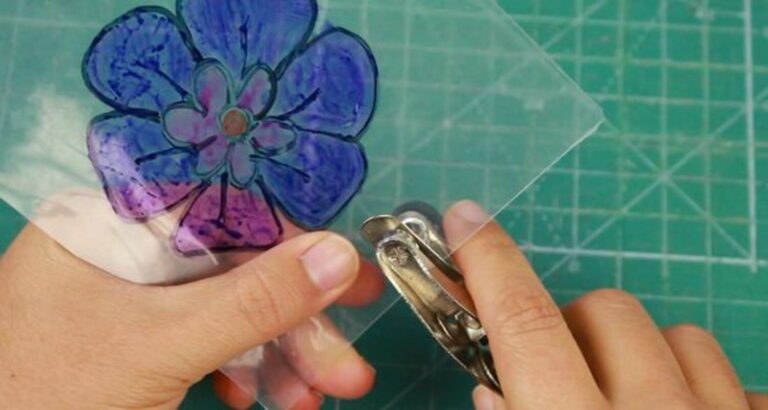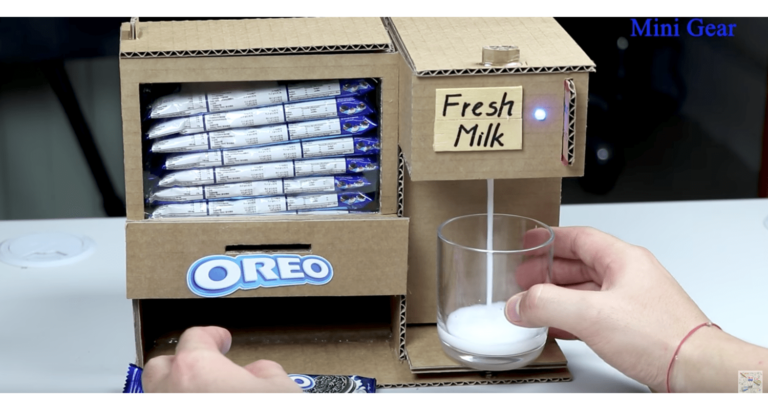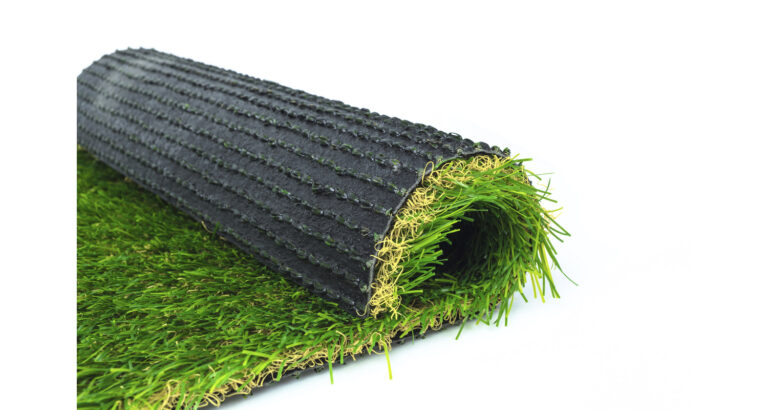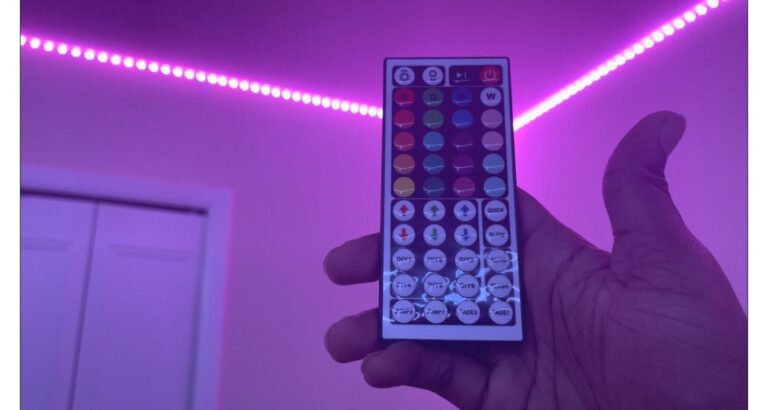Creating your own recipe book is a fantastic way to gather all your favorite meals in one place. It’s not just about compiling recipes; it’s crafting a personal culinary legacy. Whether it’s for yourself, a family heirloom, or a thoughtful gift, a DIY recipe book is a treasure trove of your culinary journey.
To make a DIY recipe book, gather your favorite recipes, decide on a format, design your pages, and choose a binding method. Personal touches make it unique.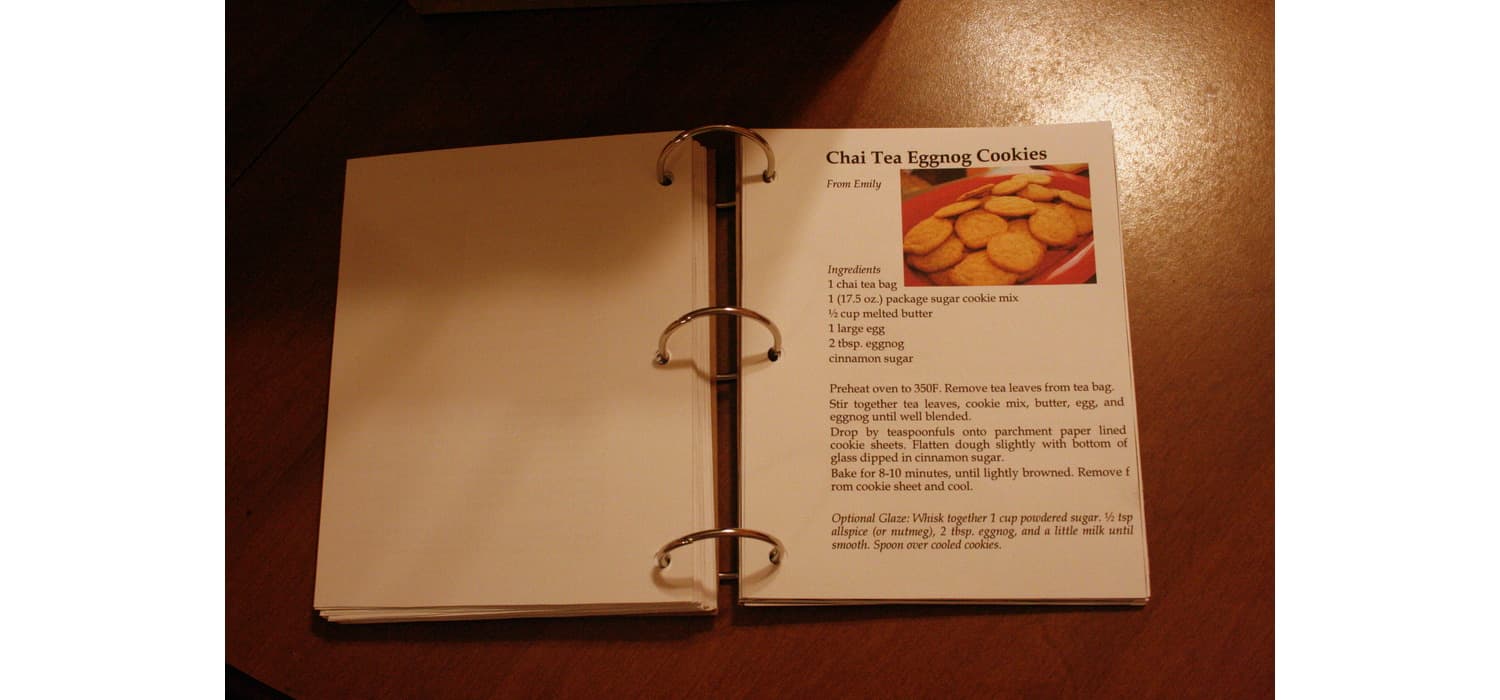
Keep reading to discover step-by-step instructions, tips for personalization, and creative ideas to make your recipe book truly one-of-a-kind. This guide promises a fulfilling project that blends creativity with culinary passion.
Choosing Your Format
Decide between a digital or physical recipe book. Digital versions are easily accessible and editable. Physical books offer a tangible experience and can become cherished keepsakes.
Gathering Recipes
Start by collecting your favorite recipes. Organize them by category, such as appetizers, main dishes, or desserts. Use a consistent format for each recipe to make the book easy to use.
Materials and Tools Required
For a physical recipe book, choose high-quality paper that will withstand frequent use and a sturdy cover to protect your pages. Binding tools such as a hole punch and binder rings or a binding machine will help keep your pages together.
For a digital recipe book, you’ll need software for designing and digitizing your recipes. Programs like Canva offer user-friendly design templates, while Adobe Scan can help you digitize handwritten recipes. Ensure you have a reliable computer and backup storage for your digital files.
Designing Your Recipe Book
Select a cover design that reflects your personality and the book’s theme. Consider using vibrant colors, eye-catching fonts, or meaningful images. For the layout, choose a format that is easy to read and navigate. You can organize recipes by meal type, occasion, or cuisine. Use clear headings, consistent formatting, and include space for notes or variations.
Personalization Ideas
Make your recipe book unique by adding personal touches. Include handwritten notes or stories behind each recipe to share their significance. Incorporate photos of finished dishes or family gatherings to bring your recipes to life. You can also add thematic decorations, such as illustrations of ingredients or cooking utensils, to enhance the visual appeal of your book.
Assembly and Enhancement
Start by collecting a diverse range of recipes. Include breakfast, lunch, dinner, snacks, and desserts to cater to all meal times. Choose recipes that are meaningful to you, such as family favorites or personal creations. Organize them in a logical order, such as by meal type or occasion. An index at the end will help you quickly find recipes.
Compiling and Organizing Recipes
Begin by gathering a variety of recipes that cover different meal types, such as breakfast, lunch, dinner, and desserts. This diversity ensures your book caters to different occasions and preferences. Select recipes that have personal significance or are family favorites. Organize them in a way that makes sense for your cooking style, whether that’s by course, cuisine, or frequency of use. Include an index at the back for easy reference.
Protection and Durability Tips
Since your recipe book will likely be used in the kitchen, it’s important to protect it from spills and stains. For physical books, consider using laminated pages or page protectors. You can also choose a wipe-clean cover material. To ensure durability, opt for a sturdy binding method, such as spiral binding or a hardcover, which can withstand frequent use and lay flat for easy reading.
Digital Recipe Book Creation
Begin by converting your handwritten recipes into digital format. Utilize OCR technology to easily transform your notes into editable text. This step is crucial for organizing and customizing your recipes later on. Store these digital files in a structured manner, perhaps by categorizing them according to meal types or occasions, to facilitate easy retrieval.
Digitizing Recipes
To create a digital recipe book, start by digitizing your handwritten recipes. Use Optical Character Recognition (OCR) technology, available in software like Adobe Scan, to convert your handwritten notes into editable text. This process makes it easy to organize and edit your recipes. Store your digital files in a cloud service or on your computer, categorizing them by meal type or occasion for easy access.
Designing Pages
Designing your digital recipe book pages is an opportunity to get creative. Add images of your dishes to make the recipes more visually appealing. Use creative fonts that match your book’s theme but ensure they are legible. Incorporate color themes that reflect the mood of your recipes or the seasons. For example, use warm colors for autumn recipes and bright colors for summer dishes. Remember to maintain consistency in your design to give your book a professional look.
Flexible Binding Solutions
As your culinary skills evolve, you might want to add new recipes to your book. Opt for flexible binding solutions like binders or ring-bound systems. These options allow you to easily insert additional pages or rearrange existing ones. Consider using dividers or tabs to organize your recipes into categories, making it simple to locate and add new dishes. This approach ensures that your recipe book remains a dynamic and ever-growing collection of your culinary adventures.
Conclusion
Creating a recipe book, whether digital or physical, is a rewarding project that preserves your culinary creations and memories. By following the outlined steps and incorporating personal touches, you’ll craft a unique and valuable resource. Remember to choose a format that suits your needs, organize your recipes thoughtfully, and protect your book for long-term use. As you continue to explore new flavors and techniques, your recipe book will grow, becoming a cherished reflection of your journey in the kitchen.
Do you want to know How to make a print of your art?
FAQ’s
How do I start making a recipe book?
Begin by choosing a format (digital or physical), collecting your favorite recipes, and deciding on a layout. Use software like Adobe Scan for digitizing handwritten recipes.
What should be included in a recipe book?
Include a variety of recipes, personal notes, photos, and thematic decorations. Organize recipes by category and ensure each entry has a consistent format.
How can I make my recipe book attractive?
Design an eye-catching cover, use high-quality images, creative fonts, and color themes. Personalize with stories or anecdotes for a unique touch.
What is the best way to organize a recipe book?
Organize recipes by meal type, occasion, or cuisine. Use dividers or tabs for easy navigation and include an index for quick reference.
How can I update my recipe book over time?
Choose flexible binding solutions like binders or ring-bound systems to easily add or rearrange pages. Regularly update with new recipes and notes.

I am Sammy and I blog at Live it. Love it. Make it. It is creative lifestyle blog run by best friends H and Sammy. Head over and follow our crafty adventures!

